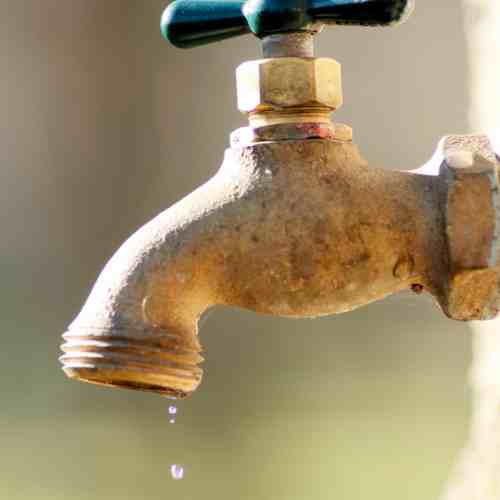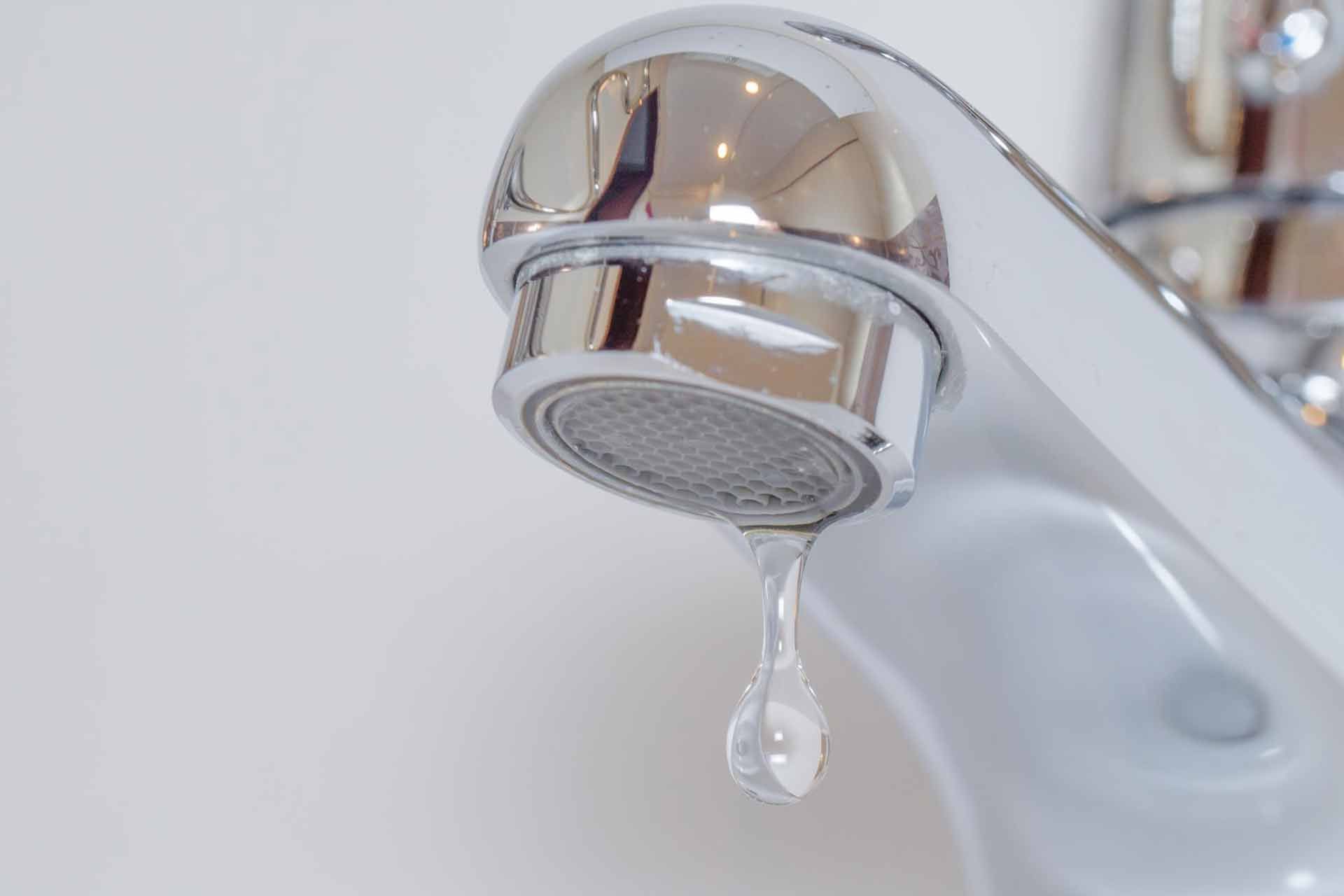Effects of a Leaky Faucet
Effects of a Leaky Faucet
Blog Article
Are you hunting for critical information around Here's How to Fix a Leaky Faucet?

Intro
A dripping faucet may look like a minor aggravation, yet its consequences extend far beyond the occasional drip. Recognizing the impacts of a dripping faucet is essential for both property owners and the atmosphere. In this write-up, we'll check out the different impacts of this usual home issue and why resolving it quickly is important.
Causes of Leaky Faucets
Leaking taps can arise from a range of variables, including deterioration, high water pressure, and rust. In time, the consistent use taps can result in damaged seals and gaskets, creating leakages to create. Furthermore, too much water stress can place pressure on plumbing components, leading to leaks. Deterioration and rust can also deteriorate faucet parts, making them susceptible to leakage.
Water Wastage
Among one of the most considerable consequences of a dripping tap is water wastage. Also a tiny drip can add up to gallons of drainage with time. This not only drives up water bills yet likewise contributes to water deficiency and environmental degradation. Resolving leaking faucets without delay is critical for saving this precious source and minimizing its influence on the world.
Financial Influence
Along with wasting water, leaking faucets can likewise have a significant economic impact. Raised water expenses are a straight repercussion of water wastefulness, costing home owners numerous bucks annually. In addition, the cost of fixing water damage triggered by leakages can be substantial, specifically if left unattended for a prolonged duration.
Environmental Effect
The ecological impact of leaking taps extends beyond water wastefulness. By preserving water, property owners can add to wider initiatives to mitigate water shortage and safeguard natural ecosystems. Sustainable options such as rain harvesting and water-efficient fixtures can even more lower the environmental footprint of family water use.
Technical Solutions
Developments in innovation have caused the growth of clever faucets and water-saving devices that assist lessen water wastefulness. Smart taps use sensing units to detect movement and change water circulation appropriately, lowering waste without giving up convenience. Water-saving devices such as aerators and low-flow showerheads are likewise efficient in saving water without jeopardizing efficiency.
Worldwide Point of views
While dripping taps might appear like a localized issue, they contribute to broader global challenges such as water scarcity and climate change. In areas currently encountering water stress and anxiety, every decline counts, making leakage avoidance and repair service necessary. By embracing water-saving methods and investing in lasting modern technologies, house owners can play their component in attending to these pressing global issues.
Governing Actions
Federal government guidelines play an important function in mitigating the impact of dripping faucets and promoting water preservation. From constructing codes that need water-efficient fixtures to water-saving incentives and rebates, policymakers have a variety of tools at their disposal. By implementing and applying these policies, federal governments can make certain that homeowners focus on water conservation in their daily lives.
Neighborhood Effect
Resolving dripping taps needs collective efforts at the community degree. By increasing awareness concerning the relevance of water conservation and providing sources for leak discovery and repair service, regional authorities can empower home owners to do something about it. Initiatives such as water-saving discount programs and leak discovery campaigns can incentivize actions modification and advertise responsible water use.
Case Researches
Real-life examples of the impact of leaky taps underscore the importance of positive maintenance and timely repairs. From water damages to escalating water costs, the effects of overlooking leakages can be severe. By sharing these case studies, home owners can much better comprehend the relevance of addressing leaky taps without delay.
Educational Campaigns
Educational campaigns play an important duty in raising understanding about the effects of leaking faucets and promoting water preservation practices. Via workshops, seminars, and on-line sources, homeowners can learn how to discover and repair leaks themselves. By encouraging individuals with understanding and devices, educational campaigns can promote a culture of accountable water use within areas.
Health Issues
Leaking taps can produce helpful settings for mold and mildew and mold development, posturing health risks to occupants. The presence of mold can exacerbate respiratory issues and allergies, particularly in vulnerable people. Furthermore, water damages arising from leaks can compromise the structural honesty of structures and bring about pricey repair services.
Do it yourself vs. Expert Repair work
When faced with a leaky tap, home owners usually question whether to try repair services themselves or hire a specialist plumber. While do it yourself repair work can save money, they might not always deal with the underlying concern successfully. Professional plumbings have the knowledge and equipment to detect and take care of leaks appropriately, making sure long-lasting options and satisfaction for home owners.
Safety nets
Preventing leaky taps needs normal upkeep and positive steps. Simple jobs such as replacing damaged washers and seals can stop leaks from creating. Additionally, updating to top quality components and decreasing water stress can help lengthen the lifespan of taps and minimize the danger of leaks.
Final thought
Finally, the impacts of a dripping faucet expand far beyond the periodic drip. From water wastage and boosted water bills to health worries and ecological impact, the repercussions of ignoring leaks can be substantial. By addressing leaking taps promptly and taking on water-saving methods, property owners can alleviate these results and add to an extra sustainable future.
Why You Shouldn’t Ignore a Leaky Faucet in Your Home
What Causes a Leaky Faucet?
Various factors can cause a leak, from loose and worn-out parts to corrosion. Your faucet has four essential components from which most plumbing issues will stem: the O-ring, the valve seat, the washer and the gasket.
What Is an O-Ring?
The O-ring is a stem screw that fastens parts of the faucet in place, preventing water from leaking out of the spout. Depending on your faucet type, the stem might have multiple O-rings. Water will drip from the faucet’s handles and base if this part breaks or deteriorates.
What Is a Valve Seat?
The valve seat controls the flow and temperature of the water. Found at the base of the handle, it works as a seal for the faucet’s stem. The valve seat ensures the water is allowed to flow or is blocked as the handles dictate. You’ll know it’s malfunctioning when water leaks from your faucet’s sides.
What Is a Gasket?
The gasket is found between the water inlet and the valve stem. It creates a seal between the faucet and the sink, holding its joints by aerators attached to the stem’s head. Water will trickle out from the base if the gasket isn’t working.
What Is a Washer?
The washer secures the handles and prevents leakage, serving a similar purpose to the O-ring. While the O-ring is ordinarily round and made from an elastic material, such as rubber, the washer is square-shaped and composed of brass, copper and other hard metals. If it malfunctions, corrodes or has been improperly installed, water will leak out of the handles, causing that incessant faucet drip.
Why Is a Leaky Faucet Dangerous?
A leaky faucet left alone for too long can have significant consequences.
Pest Infestations
Since bugs and rodents gravitate towards the scent of water, a leaky faucet will draw pests to your sink. Both are looking for leaks accessible through crawl spaces, which a faucet provides. If you leave water dripping for too long, you run the risk of an infestation.
Rust
If one of the faucet parts has started to corrode, the resulting rust can spread to your pipes and valves with startling speed. The rust might even lead to cracks or other impairments, resulting in more severe plumbing issues.
Your sink could also sustain damage from a leaky faucet. The water in your tap possesses sparse elements of calcium and iron that can stain your sink with repeated and prolonged exposure. Once those elements in the water have been open to the air for some time, your sink will start to rust, creating marks that can be difficult to remove.
https://www.tomsmechanical.com/blog/why-you-shouldnt-ignore-a-leaky-faucet-in-your-home

I stumbled upon that piece about Health Risks Posed by Leaking Faucets when doing a search on the search engines. Are you aware of someone else who is excited about the subject? Please feel free to promote it. Thank-you for your time spent reading it.
Report this page